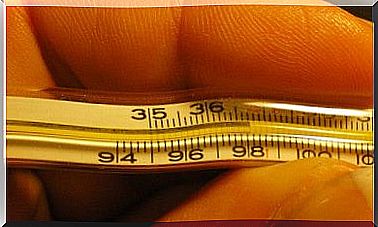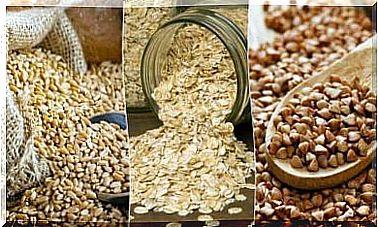Description And Characteristics Of Pityriasis Versicolor
Many conditions can alter the normal pigmentation of the skin and pityriasis versicolor is one of them. It is a fungal infection that is quite common among young people around the world.
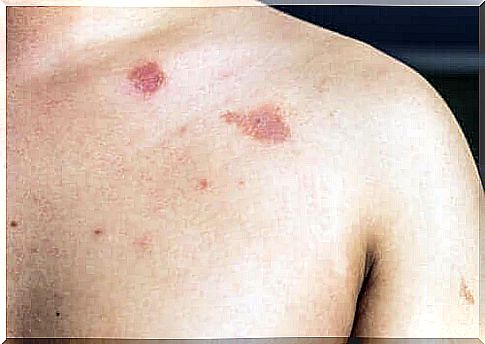
The skin is the first line of defense against pathogenic microorganisms and therefore fungal infections such as pityriasis versicolor are one of the most common reasons for a visit to a family doctor.
First of all, it should be noted that a large number of microorganisms colonize the surface of the skin and that these are part of the normal microbiota. They are harmless under normal conditions, but under certain circumstances they can cause infections.
What exactly is pityriasis versicolor?
This fungal skin infection, also known as tinea versicolor or bran fungus, is caused by a fungus belonging to the genus Malassezia. According to some studies, the most common etiological pathogen can vary depending on geographic location. In temperate countries, M. globosa is usually the trigger, in tropical countries M. furfur.
The disease affects people from all walks of life equally and is spread worldwide. However, the infection occurs more frequently in countries with a warm, humid climate. This is because these conditions favor the colonization of this type of fungus on the skin.
Young people between the ages of 20 and 40 are most frequently affected. The pathogen colonizes the skin without causing damage; however, under certain conditions it can also multiply and lead to an infection.
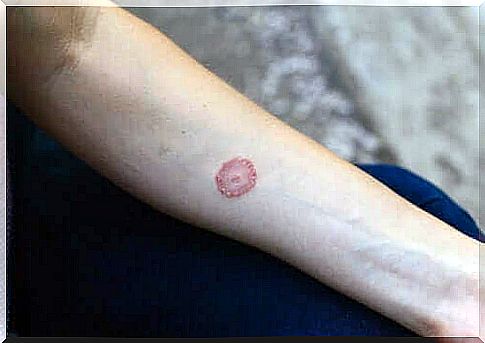
trigger
As mentioned earlier, the infection is caused by a fungus of the genus Malassezia, which is common on the skin. In fact, in some people, Malassezia furfur has been found in 95% of the areas with a large number of sebum glands.
The fungus settles in these areas because it needs fats for nutrition. Therefore, some factors that can change the fat composition of the skin lead to an increase in the microorganism. In this way, the number of stems of the fungus can increase.
The following circumstances can therefore favor the occurrence of pityriasis versicolor:
- A hot and humid climate
- Excessive sweating and wearing tight clothing
- pregnancy
- Oily skin
- Use of corticosteroids
In addition, a weakened immune system and the use of antibiotics can also promote the disease. Both of these conditions interfere with the control mechanisms with which the human body prevents pathogens from multiplying.
Symptoms of pityriasis versicolor
The main feature of this infection is the appearance of oval-shaped, scaly patches of skin. These can be lighter or darker than the surrounding tissue. They are either brown, brownish, or white.
These spots can appear anywhere on the body, but the most common areas are the back, neck, chest, and upper third of the arms. They can also appear in skin folds and are easily mistaken for psoriasis.
In addition to the spots, the infection is usually asymptomatic, although it may be itchy under certain circumstances, such as when you sweat. Pityriasis versicolor is neither painful nor contagious, but it still causes great psychological discomfort in those affected.
diagnosis
Getting the diagnosis is actually very easy. Dermatologists can make an accurate diagnosis by looking at the patches of skin. However, this condition could be confused with other skin diseases – for example seborrheic dermatitis.
There are several tests available to make a differential diagnosis, the most common of which is direct observation under a microscope. This is done by taking a sample of the skin flakes of the lesions, adding potassium hydroxide and examining them under the microscope.
In certain cases it may be necessary to culture the sample in order to be able to differentiate between the Malassezia types.
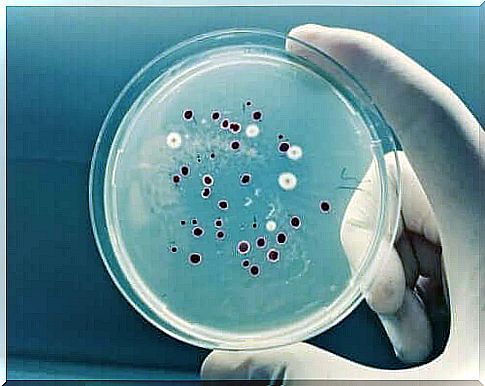
Treatment options for pityriasis versicolor
As already mentioned, it is a fungal infection, which is why antifungal drugs are mostly used for treatment. According to medical sources, shampoos and creams are also effective in most cases. Therefore, clinicians should avoid systemic treatment for patients who are more likely to develop the disease and who have failed traditional therapeutic approaches.
For local treatment, the use of creams, gels, or shampoo containing ketoconazole or ciclopirox has been shown to be effective. In addition, the use of 2.5% selenium sulfide shampoo can be beneficial. In most cases, the spots on the skin will go away within 1 to 2 weeks.
Systemic treatment should only be used in cases where local treatment is ineffective. In such a case, fluconazole, ketoconazole or itraconazole can be taken orally for a certain period of time.
How can you prevent pityriasis versicolor?
Although it is caused by a fungus that lives on the skin, there are several measures that can be taken to prevent this disease from occurring. Most of the time, thorough personal hygiene is recommended, as well as reducing the amount of oil on the skin.
Ultimately, it should be noted that pityriasis versicolor can be recurring. It is therefore recommended that you take antifungal drugs in the warm months with prior medical approval if you have had them before.


